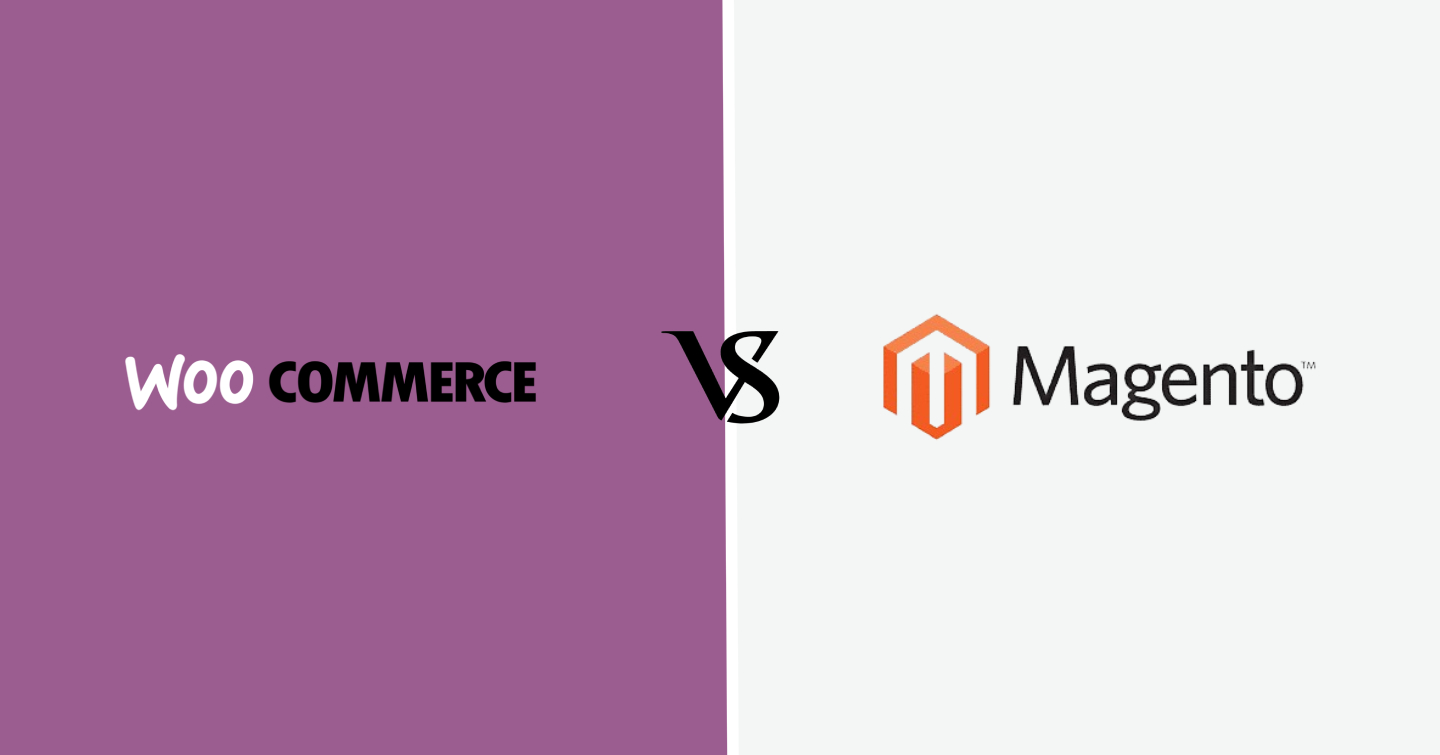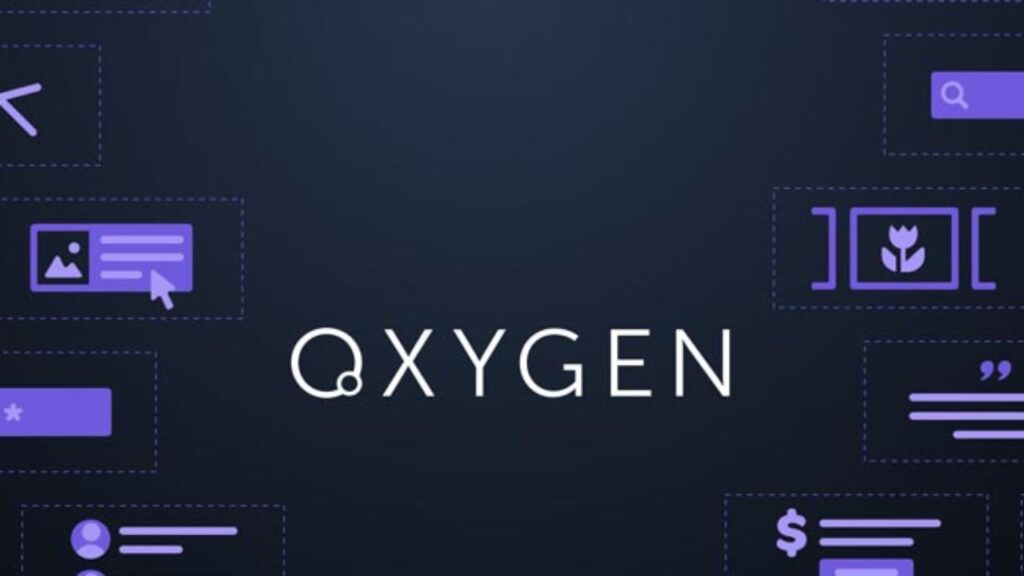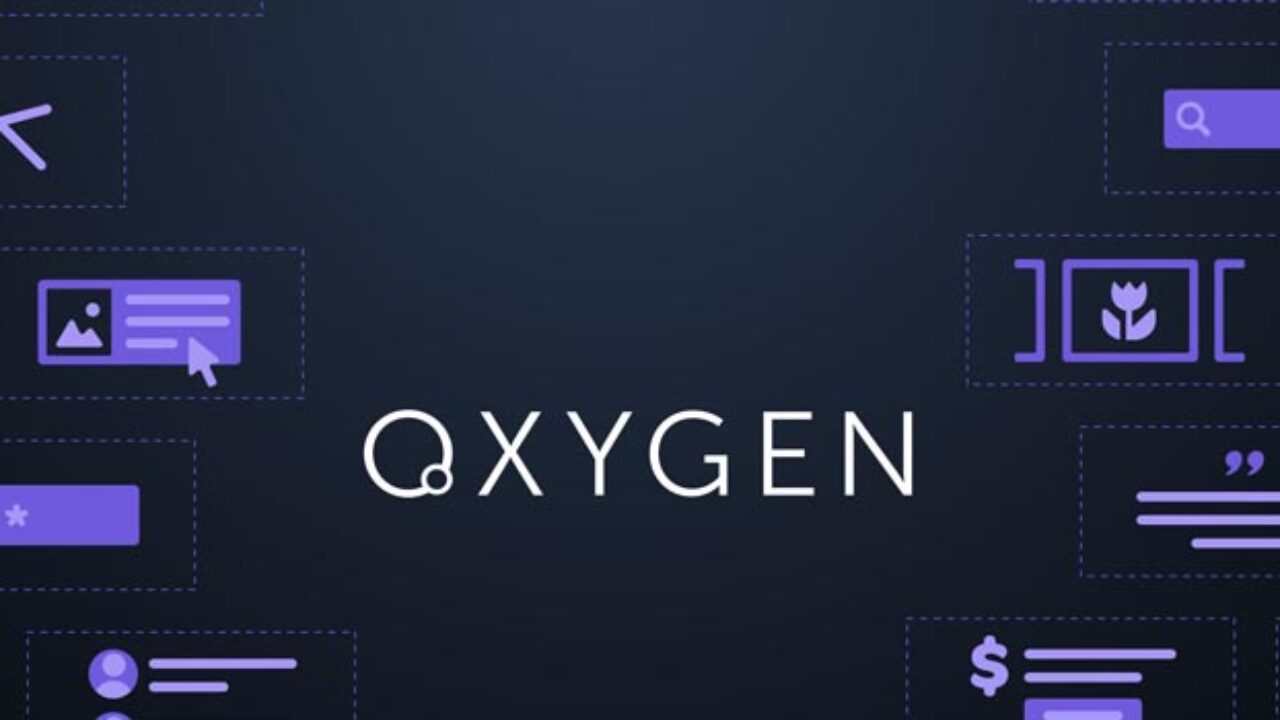What are the WooCommerce and Magento?
WooCommerce and Magento are widely adopted e-commerce platforms that empower businesses to establish and oversee online stores. While both offer a suite of features designed to facilitate the online sale of products or services, their distinctions lie in architecture, user-friendliness, and the intended user base. It’s important to note that while WooCommerce is more user-friendly and requires less technical knowledge, Magento is more robust and may require a higher level of technical proficiency to fully utilize its features.
The choice between WooCommerce and Magento depends on factors such as the size and complexity of the business, technical proficiency, and specific e-commerce needs. WooCommerce excels in simplicity and integration with WordPress, while Magento stands out for scalability and advanced customization options.
You might be familiar with two widely used E-Commerce platforms; we’ll delve into them in this discussion.
- WooCommerce
- Magento
What is WooCommerce?
WooCommerce is a free and widely used e-commerce platform for creating and managing online stores on WordPress websites. Developed by Automattic, it offers powerful tools for product listing, shopping cart management, secure payment processing, and customization. For instance, [Business A] and [Business B] have successfully used WooCommerce to [specific achievement or benefit]. Businesses and individuals prefer using WooCommerce due to its user-friendliness and flexibility.
Critical attributes of WooCommerce encompass:
- Product Administration: Simplifies the addition, modification, and organization of products, incorporating details such as images, pricing, variations, and inventory management.
- Order Oversight: This feature equips users with tools to manage customer orders efficiently, facilitating order tracking, status updates, and email notifications.
- Payment Gateway Integration: Supports diverse payment gateways, facilitating transactions through credit cards, PayPal, bank transfers, and other methods.
- Shipping Flexibility: Enables the setup of various shipping options, including flat rates, free shipping, and real-time calculations based on the customer’s location.
- Tax Configuration: Facilitates the configuration and application of taxes based on the business location and regulatory requirements.
- Extensibility: WooCommerce offers a plethora of extensions, including [specific extension 1], [specific extension 2], and [specific extension 3]. These extensions can enhance the functionality of your online store, allowing you to customize your site to meet your specific business needs.
What is Magento?
Magento is a widely used open-source e-commerce platform that enables online merchants to manage their store’s content, appearance, and functionality. It uses the PHP programming language and relies on the Zend Framework. Magento is a confident choice for businesses of any size, offering the ability to scale to accommodate growing needs, thereby instilling confidence in its suitability for businesses of varying sizes.
Key features of Magento include:
- Modular Architecture: Magento is designed with a modular approach, which enables users to extend and customize the platform according to their specific needs.
- Scalability: It is suitable for small businesses and large enterprises, offering the ability to scale to accommodate growing needs.
- Catalog Management: Merchants can manage their product catalog with ease, including support for configurable products, downloadable products, and virtual products.
- Multi-Store Support: Magento’s single admin interface can manage multiple stores, simplifying management for businesses with varied product lines or regional variations.
- Customization: The platform enables users to create unique online shopping experiences with high customization.
- SEO-Friendly: Magento is designed with SEO best practices, helping optimize online stores for search engines and improve visibility.
- Mobile Responsiveness: Magento supports responsive web design, ensuring that online stores are accessible and functional on various devices, including smartphones and tablets.
- Community and Enterprise Editions: Magento has two versions: a free, open-source Community Edition and a paid Enterprise Edition with extra features and support.
- Comparison between Woocommerce and Magento:WooCommerce and Magento are both popular e-commerce platforms, but they have some fundamental differences in features, flexibility, ease of use, and target user base. Here’s a comparison between WooCommerce and Magento:
| Comparing | WooCommerce | Magento |
| Platform: | WordPress plugin, designed to work seamlessly with WordPress websites. | Magento is a standalone e-commerce platform with two versions: Magento Open Source (formerly Community Edition) and Magento Commerce (formerly Enterprise Edition). |
| Integration: | Easily integrates with WordPress plugins and extensions. Well-suited for small to medium-sized businesses. | Powerful and flexible, but integration can be more complex. It is suited for medium to large enterprises. |
| Ease of Use: | They are more user-friendly and more accessible to set up, especially for people familiar with WordPress. | Users who need more technical knowledge may experience a steeper learning curve. This platform best suits businesses with extensive product catalogs and complex requirements. |
| Flexibility and Customization: | It is highly customizable, with many themes and plugins available.Suitable for companies with specific design and functionality requirements. | Extremely flexible and scalable, allowing for extensive customization.Suitable for businesses with complex product catalogs, multiple stores, and advanced functionality needs. |
| Performance: | Generally performs well for smaller stores. Performance can be optimized with caching and other techniques.Well-suited for websites with moderate traffic. | Can handle large product catalogs and high traffic volumes effectively.Better suited for enterprise-level businesses with demanding performance requirements. |
| Cost: | Generally, lower upfront costs as it is a WordPress plugin.Costs may increase with premium themes, plugins, and additional features. | Open Source (Community Edition) is free, but costs can escalate with the Commerce Edition and additional extensions.Generally, it is better for businesses with larger budgets. |
| Community and Support: | Immense community support due to its integration with WordPress.Extensive documentation and community forums. | Strong community support, particularly for the open-source version. Magento has an extensive documentation library and a vibrant community forum where users can ask questions, share tips, and get help with any issues. This robust support system can be a valuable resource for businesses using Magento. Premium support is available for the Commerce Edition. |
Conclusion:
In this blog, we discussedWooCommerce and Magento and compared them. After reading this blog, you can make the proper decision because websites and web-based solutions play a big part in how you access products and services in today’s rapidly changing world. If you are looking for a fast, attractive, and user-friendly e-commerce platform, then Drop Techno Lab is always there to provide you with the best solutions and services for more profitable growth and success of your business.









